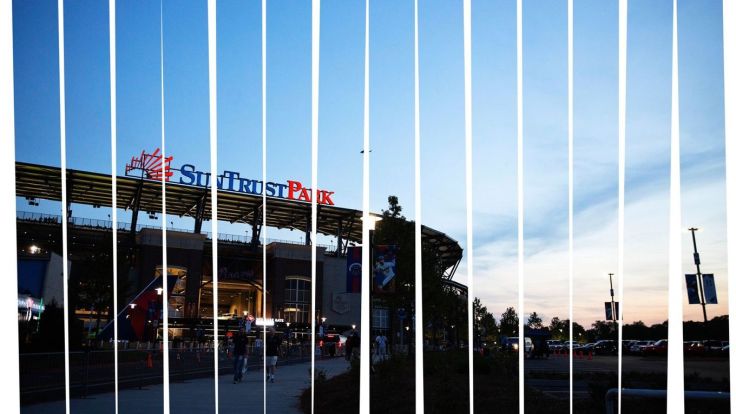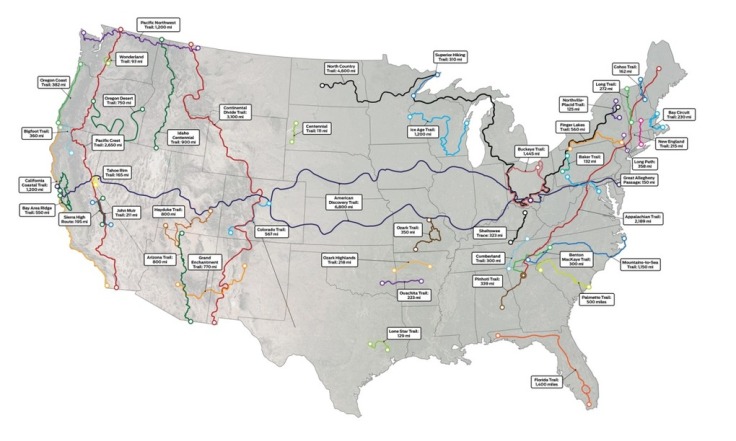“Chapulines [grasshoppers] have become a snack favorite among baseball fans in Seattle. Follow their path from Oaxaca, Mexico, to Safeco Field. To many, the insect might be a novelty – a quirky highlight for an Instagram story from a day at the ballpark. To those in Mexico consuming them for centuries, they are a building block of nutrition.”
Source: www.espn.com
Eating insects is incredibly nutritious; raising them is cost effective and environmentally sustainable. And yet, the cultural taboos against entomophagy in the West are barriers to the cultural diffusion of the practice. At some baseball games and high-end restaurants, grasshoppers are sold as a novelty item. What I especially enjoy about this ESPN article is that it covers the cultural production of the chapulines in Mexico and follows the story to the consumption of the grasshoppers in the United States.
Tags: sport, popular culture, diffusion, culture, cultural norms, food, Mexico, economic, agriculture.








